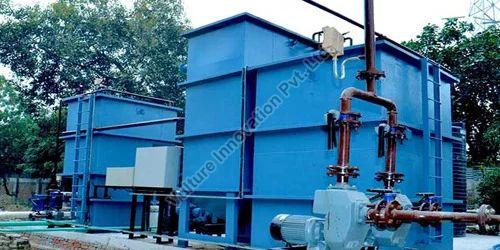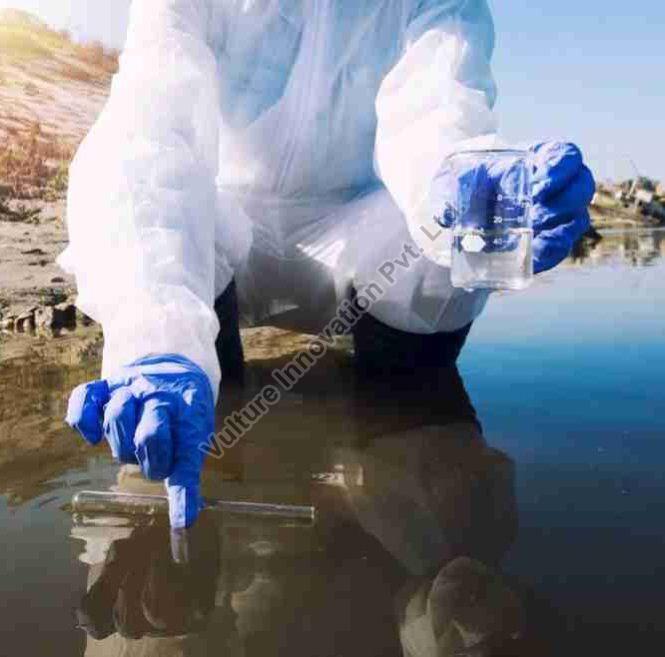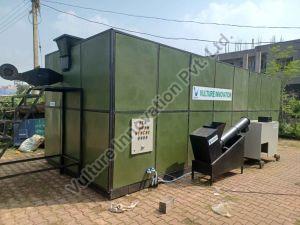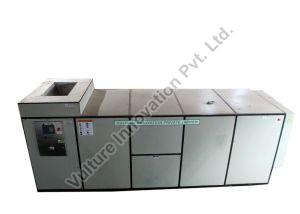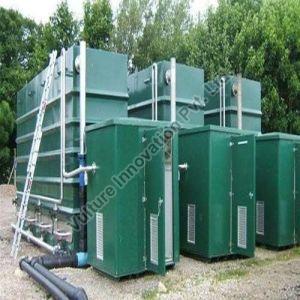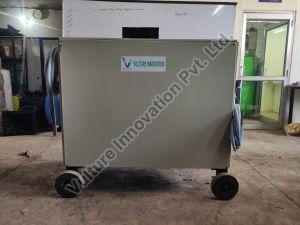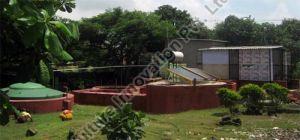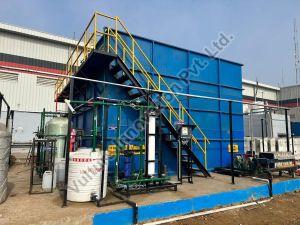- Sector 67, Gurugram, Haryana
- GST NO. : 06AAFCV5962L1ZS
- +91-9910288896
Effluent Treatment Plant
| Business Type | Manufacturer, Supplier |
| Material | Mild Steel |
| Driven Type | Electric |
| Color | Blue |
| Click to view more | |
Preferred Buyer From
| Location | India ( Delhi & NCR, Haryana, Himachal Pradesh, Jammu & Kashmir, Rajasthan, Uttar Pradesh, Uttarakhand) |
Product Details
Automatic Grade
Automatic
Application
Residential & Commercial Building
Type
Effluent Treatment Plant
Country of Origin
India
Capacity
100 KLD
Process
- Screening : Screening in wastewater treatment is the process of removing large debris, such as sticks, leaves, and plastic bottles, from the waste water before it enters the treatment plant. This process helps to protect the equipment in the treatment plant and improve the overall efficiency of the treatment process.
- Equalization : Equalization in wastewater treatment is the process of temporarily storing and mixing the incoming waste water to achieve a consistent and predictable flow rate and composition. The process helps to even out fluctuations in the flow and composition of the waste water.
- Acidification : Acidification in wastewater treatment is the process of adding an acid, typically sulfuric acid, to the wastewater in order to lower its pH and create a more acidic environment. This process can be used to help remove certain types of pollutants, such as heavy metals
- Grit Chambers : Grit chambers in wastewater treatment are devices used to remove inorganic material such as sand, gravel, and eggshells from the waste water. The grit chamber is designed to slow down the flow of the waste water, allowing the heavier inorganic material to settle to the bottom, while the lighter organic material floats to the surface.
- Clarifier : A clarifier in wastewater treatment is a type of sedimentation tank that is used to separate and remove solid particles from liquid waste water. It is typically used after the primary treatment process to further purify the water before it is sent to the next stage of treatment. The clarifier works by allowing the solid particles to settle to the bottom, where they are removed, while the clarified water is sent to the next stage of treatment.
- Tube Settlers : Tube Settlers are used in wastewater treatment to separate solids from liquid by gravity. The tubes are filled with plastic media that allows water to flow through while trapping solids. This improves the efficiency of the treatment process by removing a significant amount of suspended solids and reducing the load on other treatment systems.
- Carbonation : Carbonation is a method of waste water treatment that involves adding carbon dioxide to the water to neutralize acidity and increase pH levels. This process can help to remove pollutants such as heavy metals, ammonia, and sulfur compounds, and reduce the overall toxicity of the water.
- Ozonation : Ozonation is a process used in wastewater treatment that involves the introduction of ozone gas into the water to disinfect and remove pollutants. Ozone is a highly reactive form of oxygen that can effectively kill bacteria, viruses, and other microorganisms, as well as break down organic compounds and other pollutants. The process is typically carried out in a closed vessel, such as a reaction tank, where the ozone is injected into the water and allowed to react for a period of time before the treated water is discharged.
- Fenton Process : Fenton process is a method of wastewater treatment that uses hydrogen peroxide and ferrous iron to remove pollutants. It creates hydroxyl radicals through a chemical reaction, which are highly reactive and can break down organic compounds and other pollutants. It’s a powerful method that can be effective to remove a wide range of contaminants.
- Ion Exchange : Ion exchange is a water treatment process in which dissolved ions are removed from water by being exchanged. This process is commonly used to remove ions such as calcium, magnesium, and sodium from water, as well as to remove dissolved heavy metals, such as lead and copper.
- Coagulation : Coagulation process involves adding chemicals, called coagulants, to the water which causes the suspended particles to clump together and form larger particles called flocs. Coagulation is often used in conjunction with other treatment methods, such as sedimentation and filtration, to achieve a desired level of water purification.
- Flocculation : Flocculation is a process used in wastewater treatment to further enhance the particle removal process that is started in Coagulation. After the addition of Coagulant, the small particles formed by coagulation are still too small to be effectively removed. Flocculation uses gentle stirring or mixing to bring these small particles together to form larger and heavier particles called flocs.
Looking for "Effluent Treatment Plant" ?
Unit

